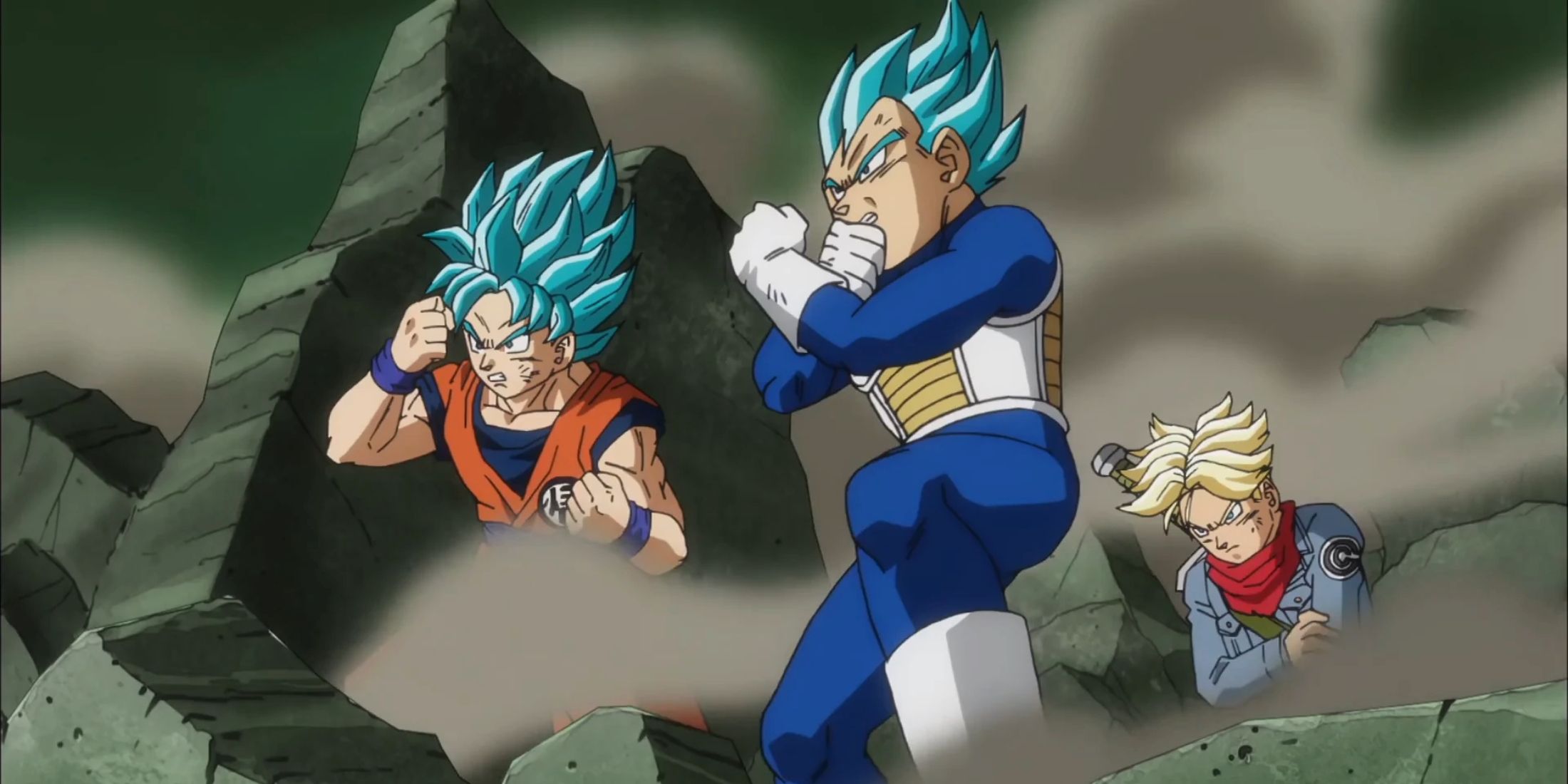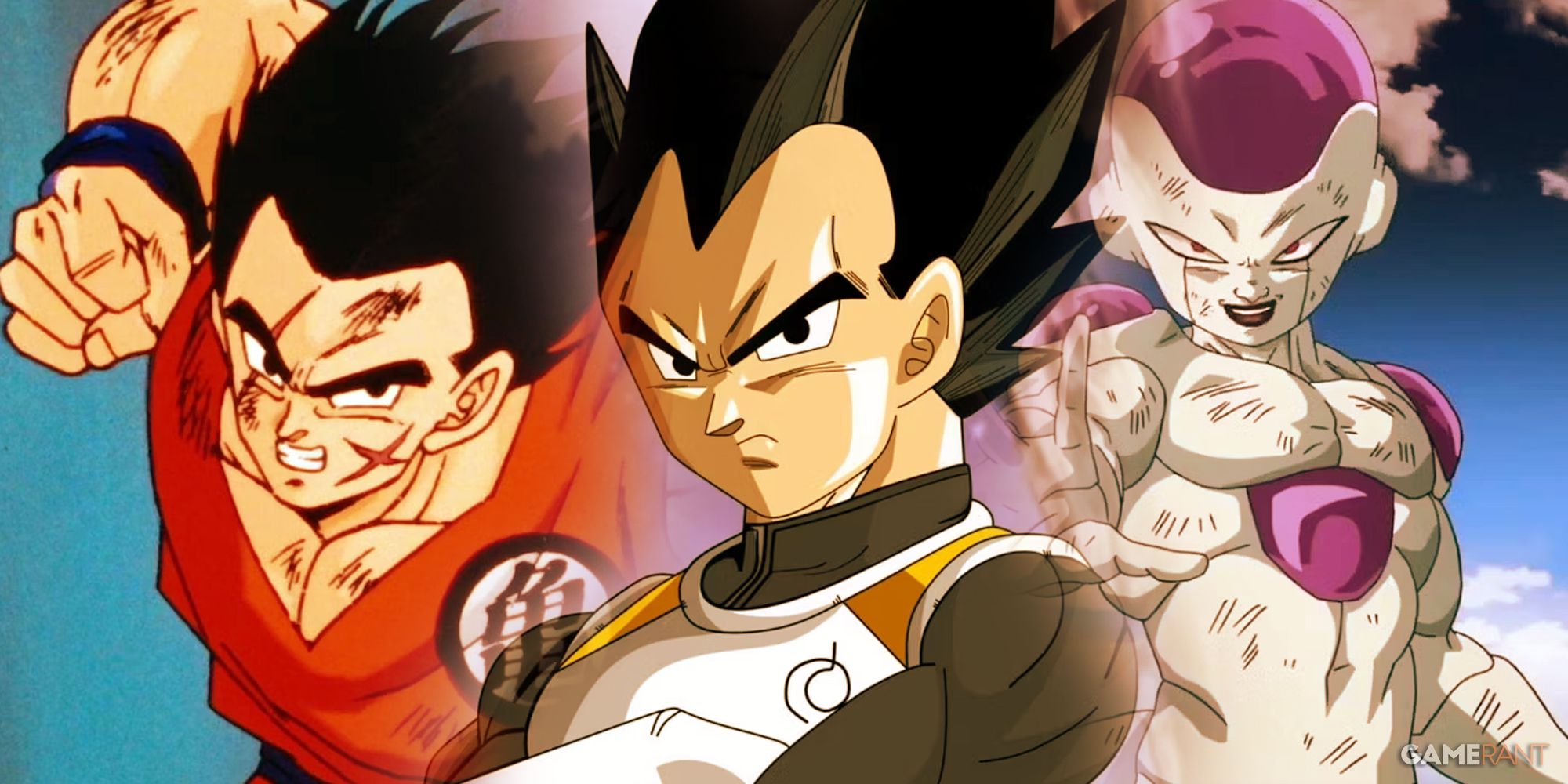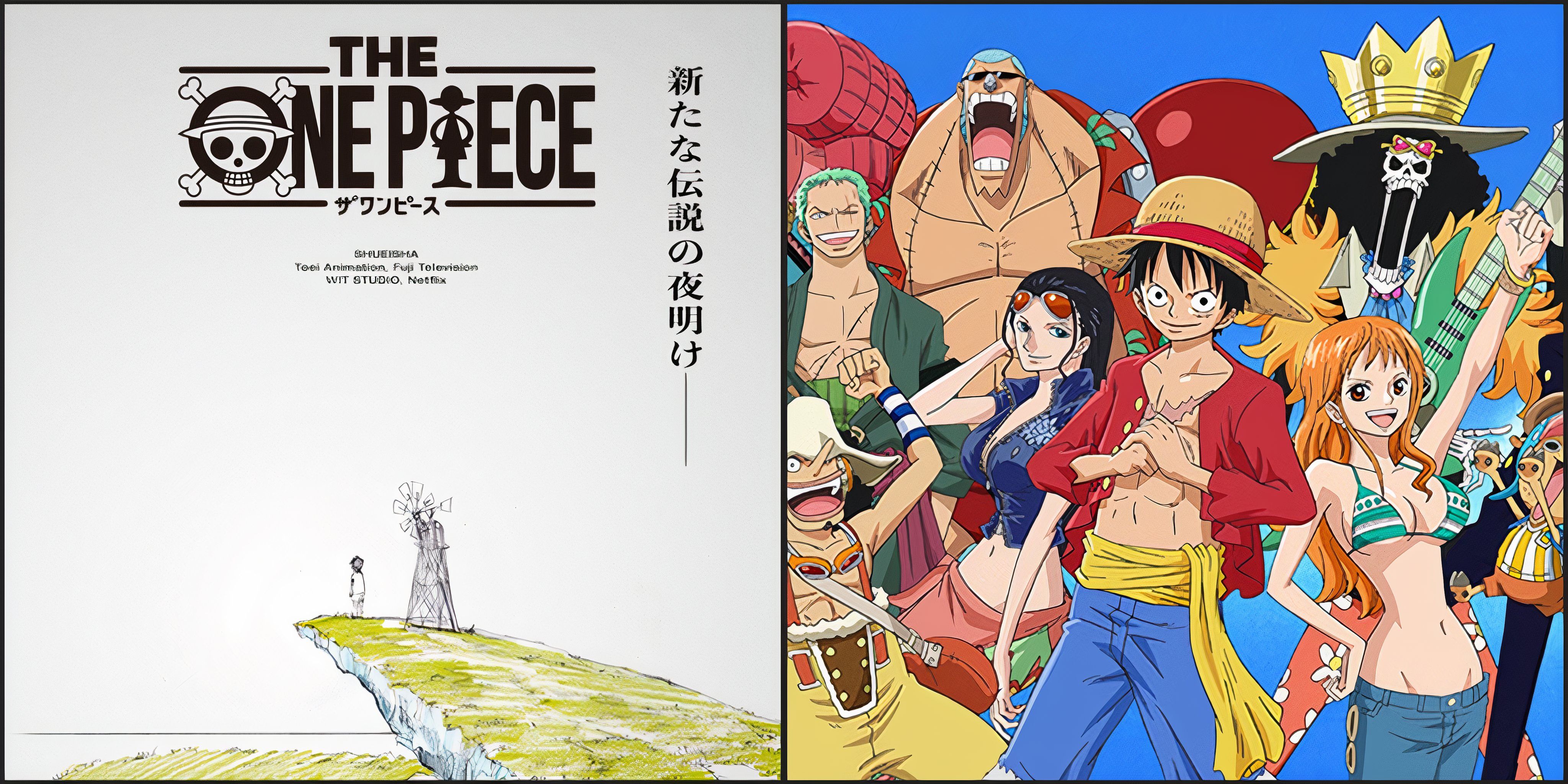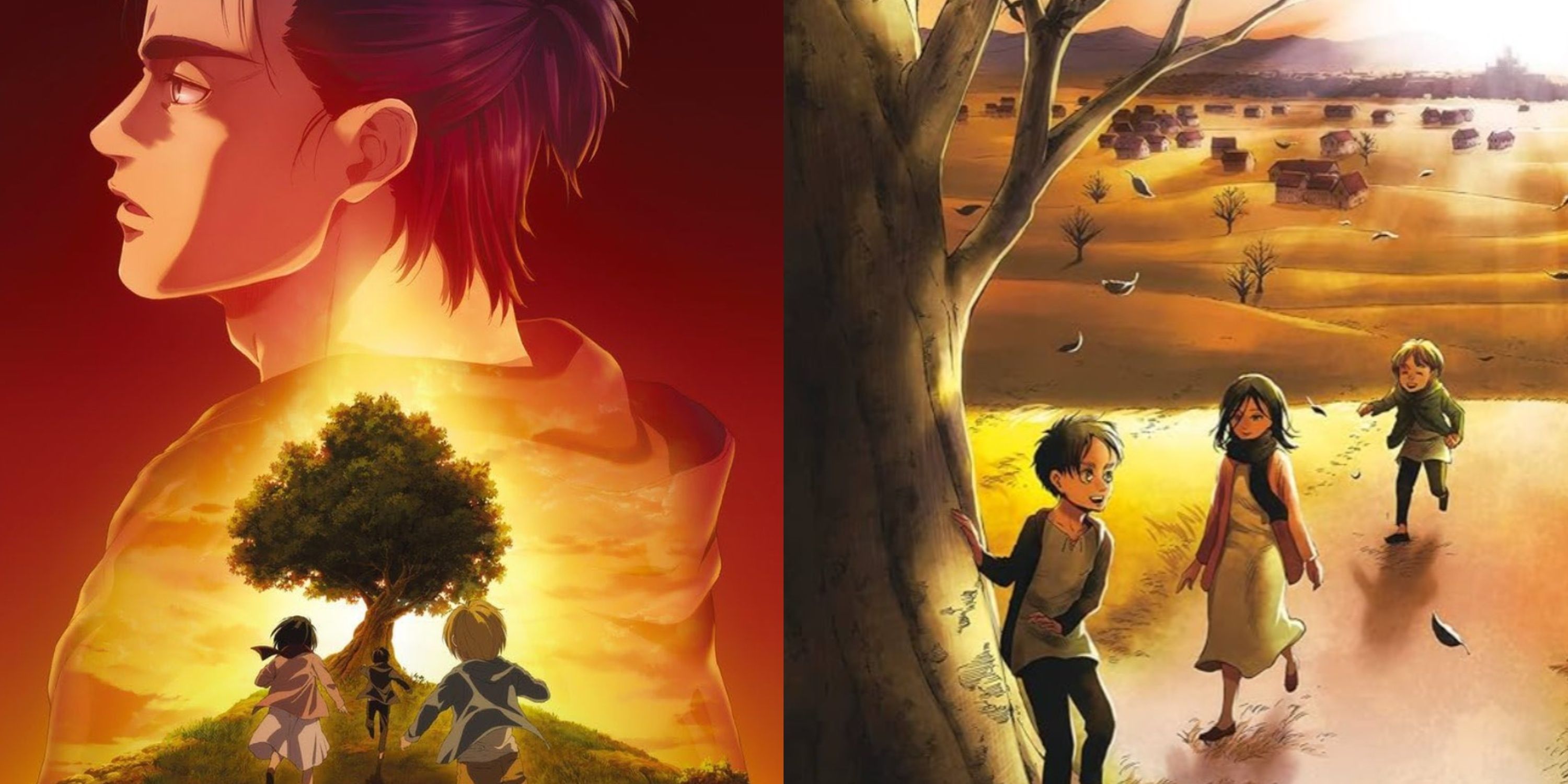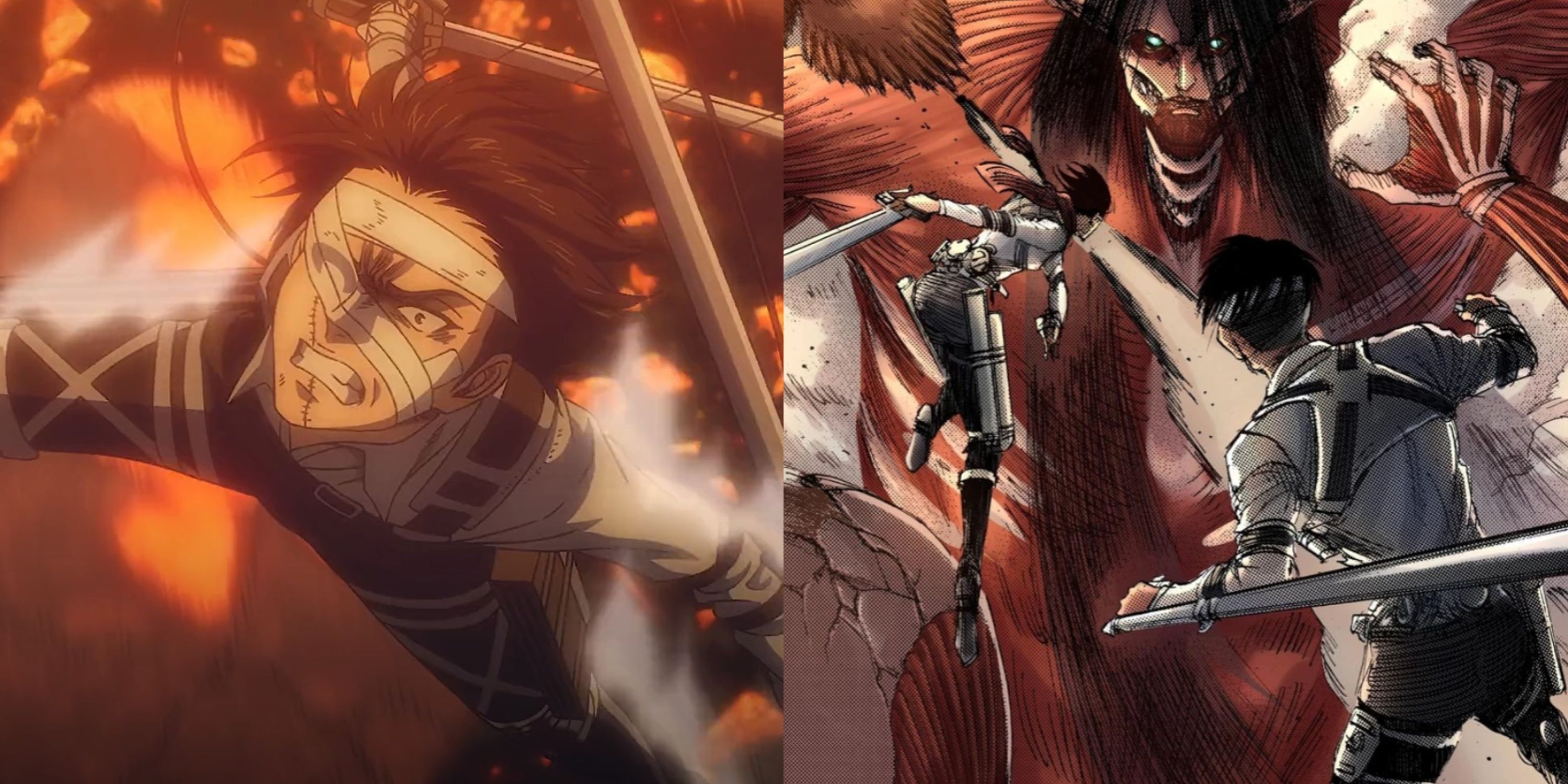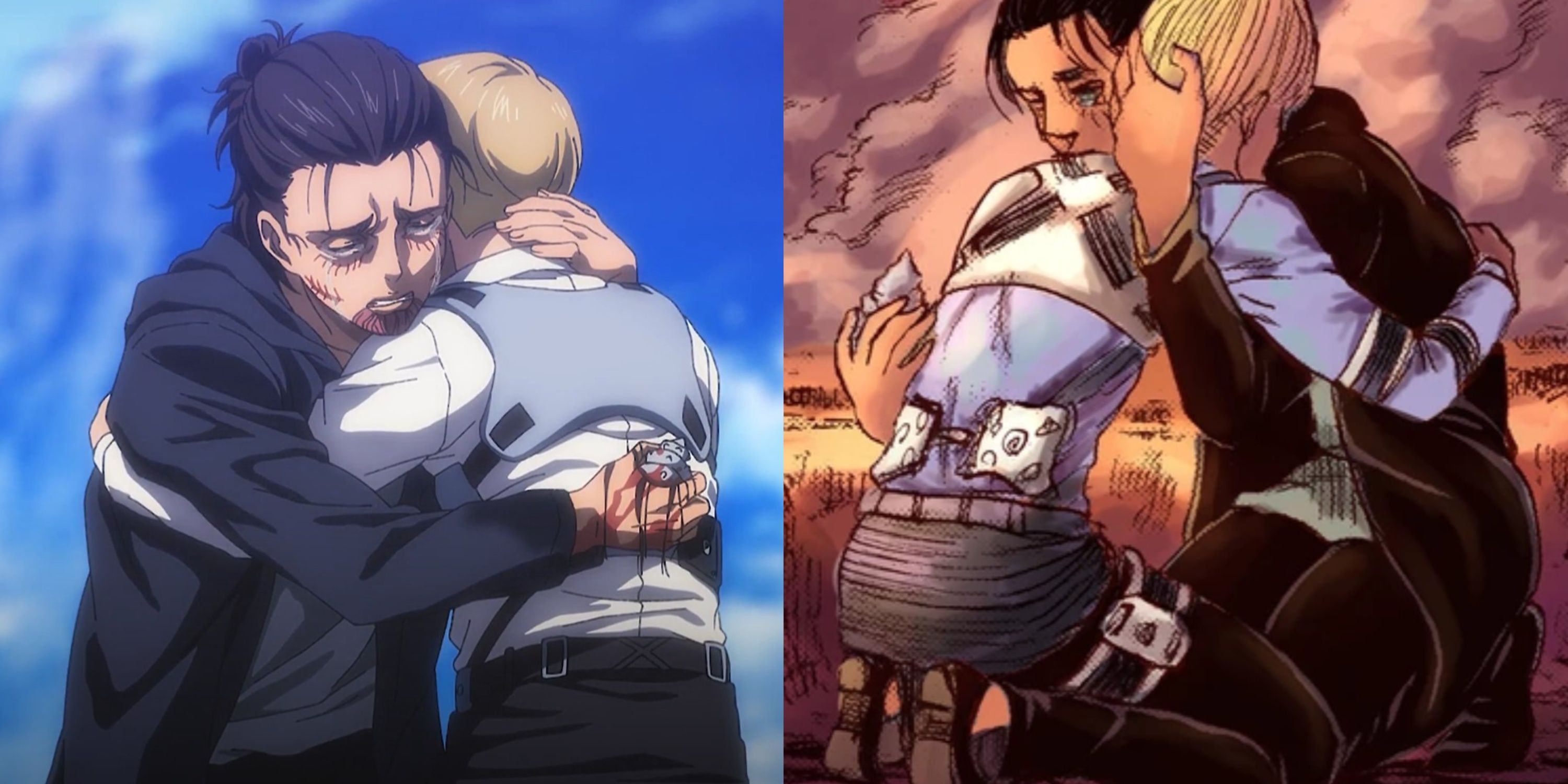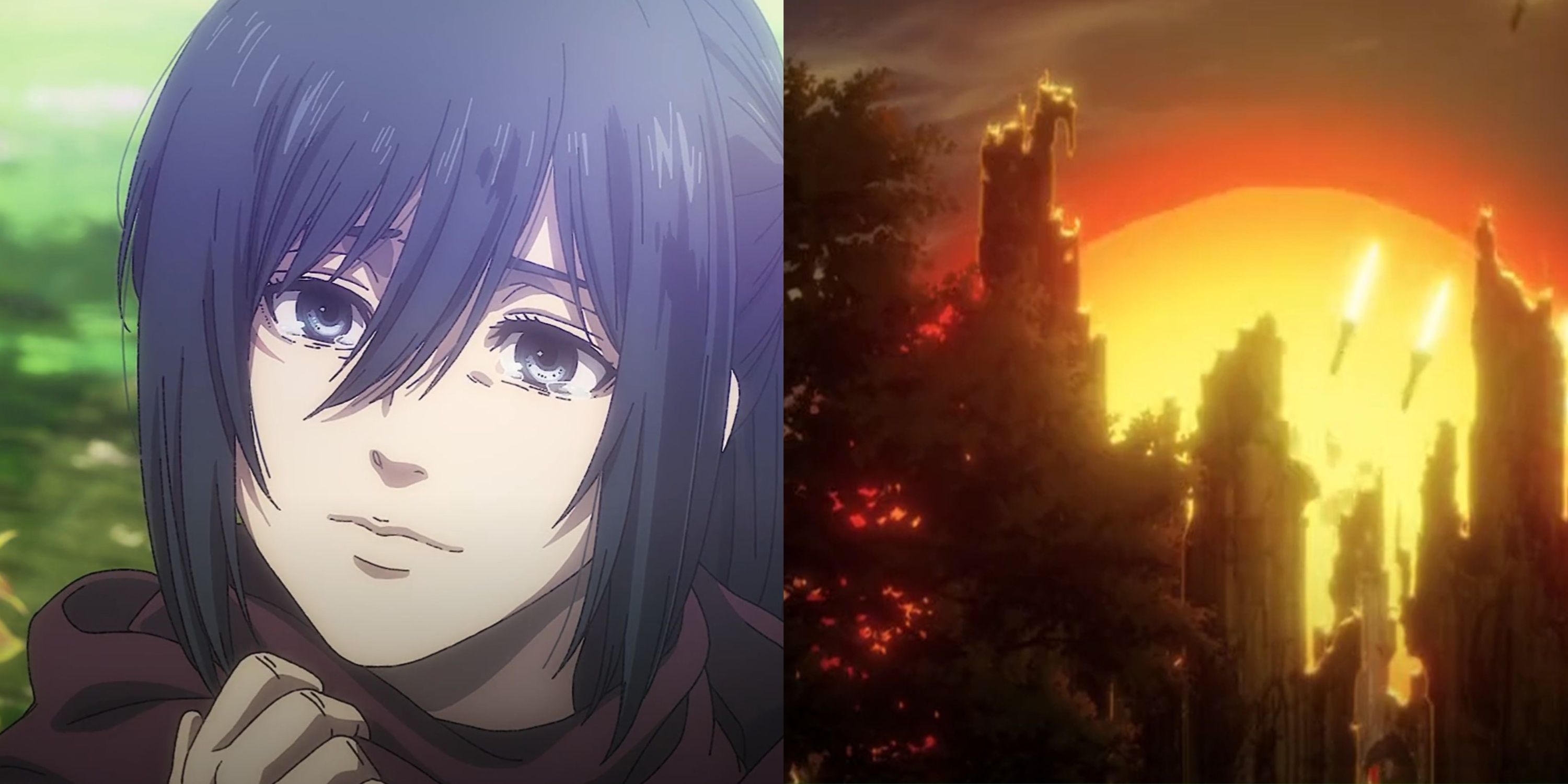Highlights
- The anime adaptation of Attack on Titan's finale overcame the perceived flaws of the manga by fleshing out scenes and enhancing the impact of the final battle with breathtaking animation, detailed art, and a powerful soundtrack.
- The anime improved upon Eren and Armin's final conversation, providing a more intense and impactful reaction from Armin to the devastating consequences of the Rumbling, while giving their friendship a more emotional and satisfying conclusion.
- Despite its imperfections, the anime finale encapsulated the themes of Attack on Titan and served as a fitting send-off to the series, solidifying it as the definitive version of the story and a modern classic in the eyes of the dedicated fandom.
The following contains spoilers for Attack on Titan Final Season THE FINAL CHAPTERS Special 2, now streaming on Prime Video.
When the Attack on Titan manga reached its conclusion in April 2021, hordes of fans who had been following the series for nearly 12 years at that point, had wildly divergent reactions for reasons such as its rushed pacing and lack of closure. This mixed reception erupted into a sizable debate over time, especially with the release of an extended ending a few months after Chapter 139's original debut. Such an unprecedented controversy culminated in the series' creator Hajime Isayama issuing a public apology for the story's conclusion, over a year after the manga ended its serialization.
By contrast, the finale of the anime adaptation of Attack on Titan, titled THE FINAL CHAPTERS Special 2, was released to the world in November 2023, and received a much warmer response. While there was speculation about an original ending, the final product adhered to most of the manga's main story beats, with only a few small changes. Keeping these things in mind, how did the anime finale overcome the flaws of the manga, despite there being only minor differences in its adaptation? Moreover, what does this say about the impact of anime as a dynamic audiovisual storytelling medium in comparison to the static panels of manga?
A Symphony Of Sound, Color, And Motion
In a series that has received almost universal praise for its fight scenes, especially those featuring the Survey Corps' ODM gear, the final battle was a clutch set piece which had to encapsulate a decade of cutting edge animation. Whereas the manga conveyed the essence of the fight, the anime adaptation expanded on its key moments, producing jaw-dropping sequences of the Scouts and Warriors zipping across Eren's Founding Titan while evading swarms of revived Titan shifters.
One such moment that deserves special praise is the final action sequence of the series as a whole, where Levi Ackerman swings through flying debris to fire a Thunder Spear towards Eren's Colossal Titan, creating an opening for Mikasa. Similar praise could be given to an earlier moment, where Jean Kirschtein charges through incoming Titan shifters towards Eren's nape, as the choral crescendo of "ətˈæk 0N tάɪtn" blares in the background. The impact of these sequences, with their explosion of color and momentum, can be attributed to the return of Arifumi Imai, who was instrumental in Attack on Titan's early years under WIT Studio.
Simultaneously, MAPPA's detailed art style also gave the battle a greater sense of gravitas, from the gore, explosions, and debris, to the panicked desperation of humanity's best as they navigated a situation where certain death lurked at every turn. Finally, the extended scenes of the Rumbling served to illustrate the true human cost of the tragedy that Eren was behind, giving faces to the countless innocents that were trampled by the march of the Wall Titans.
In tandem, the music that punctuated these moments was the perfect accompaniment to the spectacle that the episode had to create. The finale's sonic landscape ranged from favorites such as "The Weight of Lives" or "Splinter Wolf," to orchestral reprises of "ətˈæk 0N tάɪtn," and "Call Your Name." When the story came full circle after the final battle, the surprising yet apt inclusion of "The Dogs" from Season 2's soundtrack imbued scenes with a sense of closure, as its soaring chorus signified the resolution of character arcs with happy embraces in the wake of an apocalypse that had been partially averted.
In spite of the perceived flaws in the manga's ending, the more fleshed out scenes in the anime, combined with the visual and auditory embellishments made possible by the medium, enhanced the overall impact of the final battle. Consequently, many of the manga ending's original shortcomings, such as its relative lack of emotional impact, and rushed pacing, were buried under the electrifying spectacle of humanity's last stand against the Rumbling.
Eren And Armin's Parting Words
Another significant and much needed change came in Eren and Armin's final conversation within the world of the Paths, shortly after Mikasa killed Eren. The manga version begins with a brief apology from Eren for his mistreatment of Armin and Mikasa, followed by an explanation behind his reasons for triggering the Rumbling. Once Eren declared that the Rumbling would kill 80% of humanity, Armin appeared distraught for just a short moment, after which he was invited by Eren to walk alongside him as they discussed the Founder Ymir.
Much of this remains unchanged in the anime, save for how Eren quantifies the cost to human life incurred by the Rumbling's advance. This statement was saved for much later on in their conversation, after everything else had been settled, allowing their discussion to build up to it as its climax. When the final death toll was revealed, Armin's response was more intense, extreme, and anguished, as he furiously reprimanded Eren for his actions while lamenting the loss of any hope of attaining peace.
Ultimately, this was more appropriate for the situation, and stood in stark contrast to Armin's lackluster reaction in the manga, where Eren's role in wiping out most of the human race became an afterthought in the larger conversation. Here, the animators were able to hammer home the ramifications of Eren's actions in a more impactful fashion. The scenery around Eren and Armin turned into a sea of blood — unlike the manga's use of Wall Titan footprints — symbolizing the sheer magnitude of death and destruction that had occurred for the sake of Paradis' survival.
Most importantly, Armin's final words, in which he accepted part of Eren's burden due to their shared dream, were the ideal way to conclude a friendship that had been built up over a decade, as the pair pledged to serve out their sentence in hell, together. This emotional closure was sorely missing from the manga, where Armin's concluding statement was far from palatable and lacked an air of finality.
On a more amusing note, the segment of the conversation that dealt with Eren's feelings towards Mikasa has been the subject of much parody since the release of Chapter 139, where it has been likened to a piece of fan fiction. The corresponding scene in the anime was given an upgrade in its treatment, where Yuki Kaji's whimpering and agonized delivery made this "pathetic" side of Eren seem all too believable. At that moment, the perpetrator of a global genocide was reduced to a heartbroken young boy, filled with pain when thinking of how everyone he loved would move on, while he was condemned to die as the enemy of all humanity.
Encapsulating The Themes Of The Series
Say what you will about the manga ending, but there is no denying that it embodied many of the overarching ideas and motifs that made Attack on Titan such a compelling story. The never ending, nihilistic cycle of war, hatred, and discrimination that plagues humanity, pitted against the slim hope of breaking this abhorrent loop to end the suffering it causes, are all critical to the series' message, especially in the latter half of the story.
While the manga ending did have its fair share of demerits, there is no doubt that this is the only place the story could have reached, considering everything that had led up to it. Hence, the main differences here lie in execution, and the benefits of a more dynamic storytelling medium, rather than solely the content of the ending. Even with these edits, there will certainly be a fair share of anime-only viewers who will leave unsatisfied, and fairly so.
The anime's finale is a fitting, yet imperfect send off to a series that reached heights of quality which will be almost impossible to replicate in the near future. Where it papers over some of the cracks, the anime proves itself to be the definitive version of the story. In the end, Hajime Isayama's dedication to fixing some of his perceived errors in the manga for its anime retelling, is a sign of someone truly invested in what he created, and the entire fandom can only appreciate his efforts to tell a story that will undoubtedly be seen as a modern classic for decades to come.

